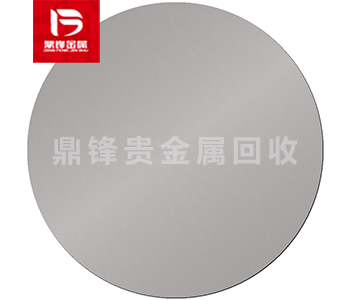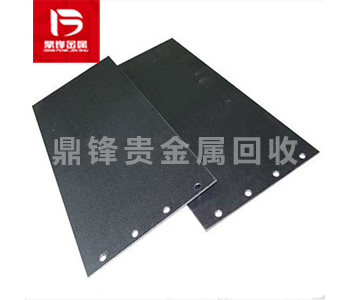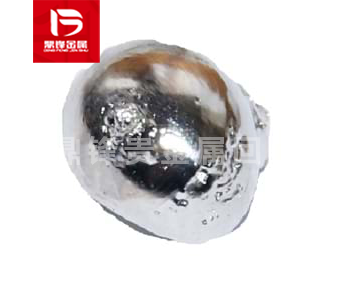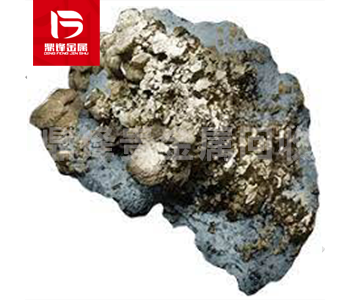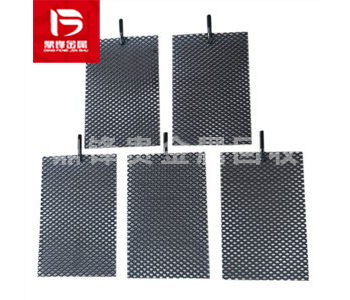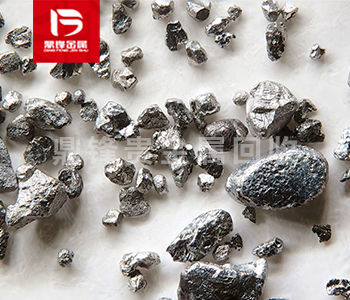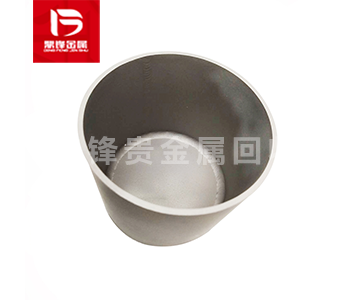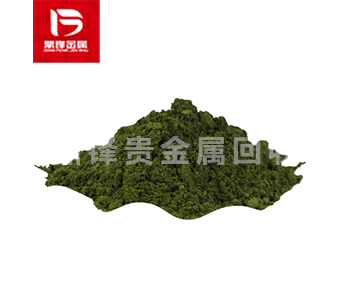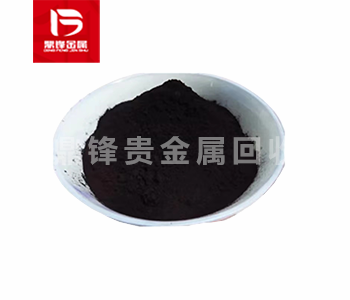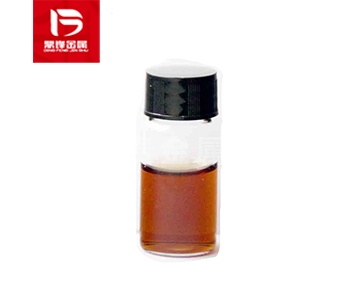Research on the development status and industrial application of iridium recovery technology
Background analysis of strategic resource recycling
Driven by the iteration of global advanced manufacturing and clean energy technologies, the platinum group metal market presents a structural imbalance between supply and demand. As a key strategic material, iridium metal (Ir) has an annual demand growth rate of over 12% due to its irreplaceable nature in proton exchange membrane electrolyzers, wafer manufacturing physical vapor deposition (PVD) targets and other fields. Faced with the rising cost of primary mineral development and environmental bearing pressure, building an efficient recycling system has become a core issue to ensure the safety of the industrial chain.
Key technologies of iridium metal recycling process
Modern iridium powder recycling technology has formed a process matrix covering the entire process, and its core technology nodes include:
2.1 Material pretreatment system
For multiple raw material sources such as electronic waste and chemical catalysts, a rapid sorting system based on X-ray fluorescence (ED-XRF) is established, combined with microwave crushing technology to achieve efficient dissociation of iridium-containing components. The innovative introduction of airflow sorting devices increases the enrichment of precious metals to 8-12 times that of the initial materials.
2.2 Hydrometallurgical purification process
The modified aqua regia dissolution-thiourea reduction system is used to achieve an iridium leaching rate of more than 98.5% while controlling the escape of chlorine. Through the design of multi-stage ion exchange columns in series, combined with inductively coupled plasma spectroscopy (ICP-OES) online monitoring, the purity of the iridium solution can be stabilized at level 4N (99.99%).
2.3 Optimization of the pyrometallurgical refining system
The high-frequency induction melting-electron beam zone refining composite process is developed to break through the particle size control bottleneck of the traditional electrolytic method in the preparation of ultrafine iridium powder. Experimental data show that this technology can reduce the standard deviation of the finished product particle size distribution to ±0.8μm and increase the tap density by 27%.
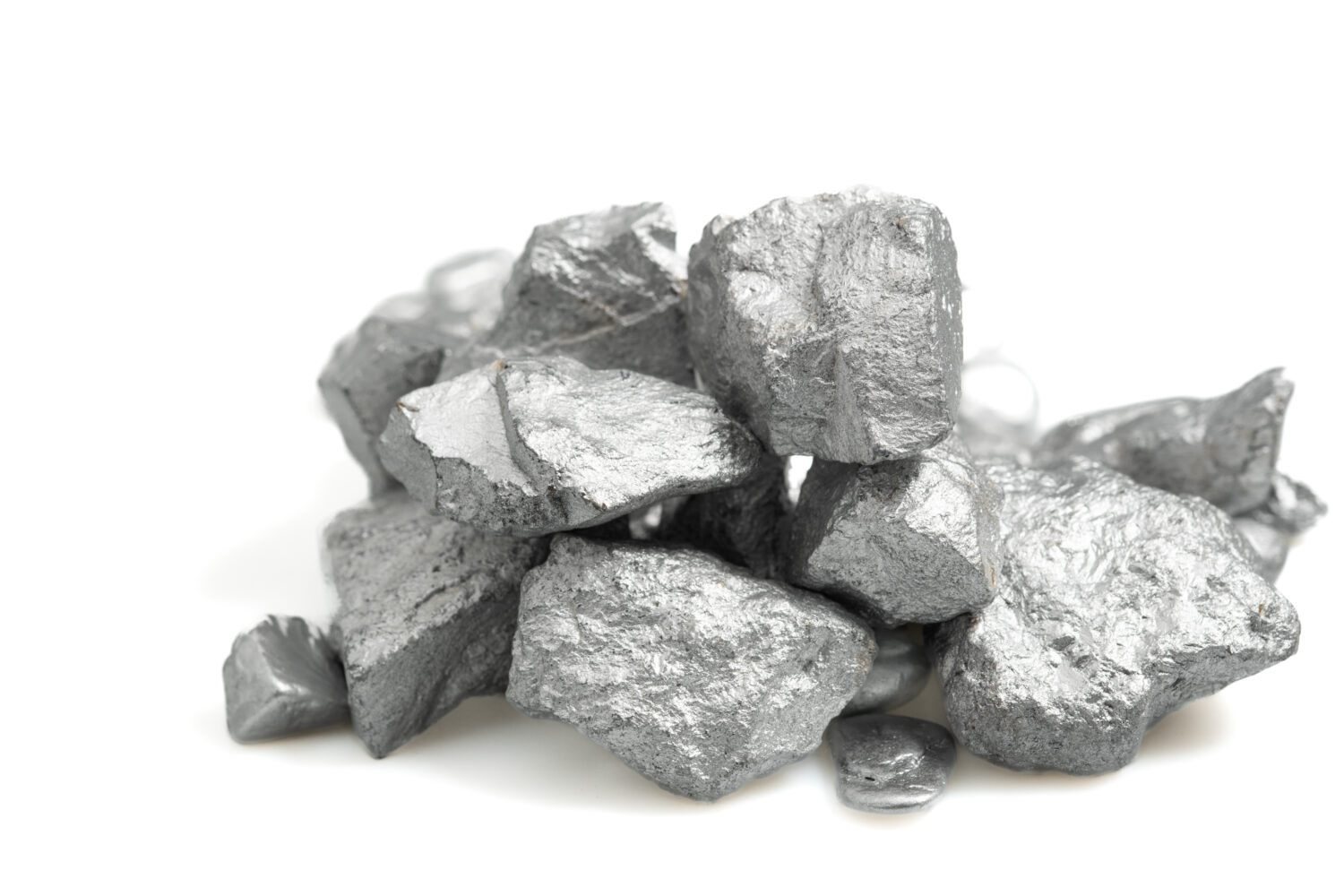
Economic evaluation of recycling technology
Based on the life cycle analysis (LCA) model, the carbon footprint of recycled iridium metal is only 18%-22% of the original mineral. In terms of energy consumption, each kilogram of recycled iridium powder can save 2170kWh of electricity and reduce industrial water consumption by 56m³ compared with the mining and smelting process. Current market data shows that the large-scale regeneration system can reduce the comprehensive use cost of iridium metal by 39%-45%.
Challenges and countermeasures of industrial application
Despite the breakthroughs in technology, the industrialization process still faces three core obstacles: ① The lack of precious metal traceability system leads to insufficient raw material recovery rate (the current industry average is 63%); ② The high cost of controlling NOx emissions generated by the chlorination process; ③ The regeneration technology of high-purity iridium powder (>5N) has not yet achieved continuous production. It is recommended to achieve technological breakthroughs through the establishment of an electronic ledger system for industrial waste, the development of non-chlorine leaching reagents, and the introduction of AI-driven process parameter optimization systems.
Industry development trend analysis
With the EU's new battery regulation (Battery Regulation) and other policies, it is expected that the global iridium regeneration market will exceed US$4.2 billion by 2030. Technological development will show three major trends: ① The popularization and application of microreactor technology in the leaching process; ② The industrialization of precious metal intelligent sorting equipment based on machine vision; ③ The deepening of the joint R&D model of regeneration and application ends to promote the development of customized iridium powder products.
This study shows that building a closed-loop iridium metal recycling system can not only effectively alleviate resource constraints, but also provide key material guarantees for the sustainable development of advanced manufacturing. Through process innovation and industrial collaboration, precious metal recycling technology will achieve a leapfrog development from auxiliary supply to mainstream supply in the next five years.


